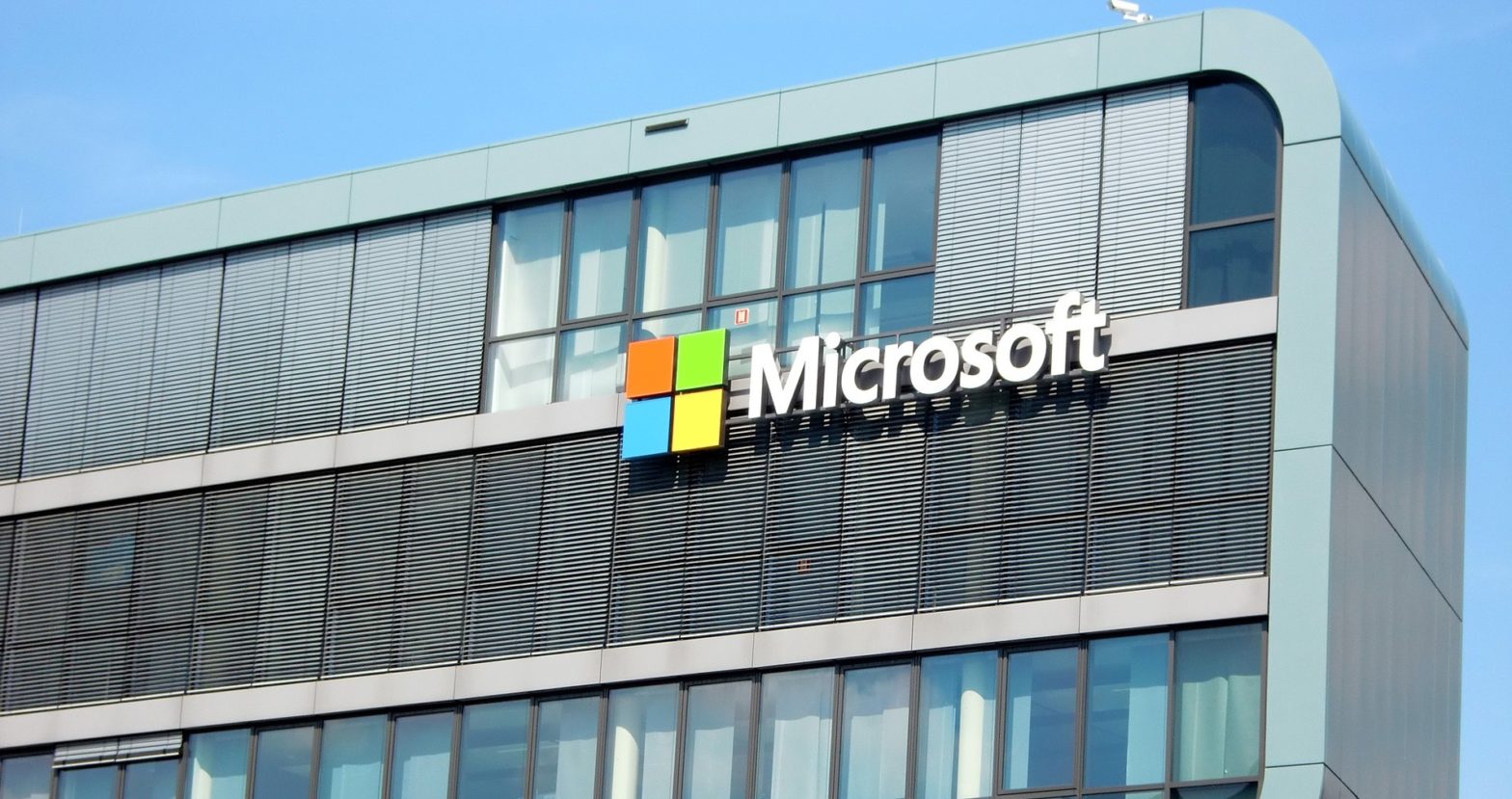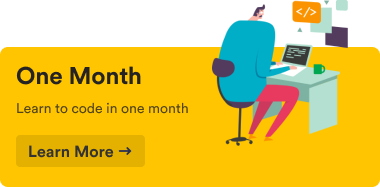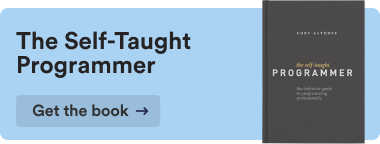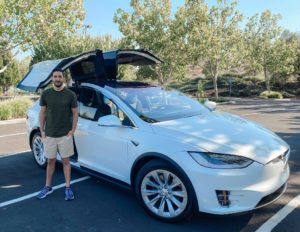How Microsoft Co-Founder Paul Allen Learned to Code

Paul Allen co-founded Microsoft in 1975 with his long-time friend Bill Gates. And while Gates might be the public face of Microsoft, Allen came up with the name—a combination of microcomputer and software.
The partnership between Gates and Allen changed history. Yet when they met, Allen and Gates were barely teenagers, just getting their first taste of computing. So how did Paul Allen teach himself programming and found a billion-dollar company?
Paul Allen was only 14 years old when he met a 12-year-old Bill Gates. The two would go on to found one of the biggest tech companies in history, Microsoft, a few short years later. But when Paul Allen and Bill Gates learned to code, they treated it like a puzzle. That approach helped them become two of the most successful self-taught programmers in history.
Allen Almost Didn’t Graduate High School Thanks To Programming
Paul Allen started his programming journey at Lakeside School. A private school in Seattle, Washington, Lakeside was one of the few schools in the 1960s that had a computer.
“The mothers’ club paid to put a computer terminal in the school in 1968,” Bill Gates explained in a 1995 interview.
Lakeside expected the teachers to learn how to use the computer terminal and then teach the students. “But that didn’t happen,” said Gates. “It was the other way around.”
A group of “hard-core computer types,” in Allen’s words, flocked to the teletype room. They found “rolled-up paper-tape programs and manuals and everything else.” And they taught themselves to code.
The mothers’ club provided a set amount of funds to run the computer terminal. The school gave each student a budget, which they might burn up running a simple program. Gates remembered, “One of the smarter teachers accidentally created an infinite loop and spent something like $60 in one shot. He was so shocked that he didn’t want to go near the thing after that.”
If students went over the budget, the computer service billed the school. Students would then have to explain the charges to their parents. “It wasn’t always easy to tell your parents how much you had racked up, so we paid it ourselves when we could,” Allen said.
A computing bill nearly kept Paul Allen from graduating from high school. According to Gates, “At the end of the year, Paul massively overdrew his checking account. On graduation day, he was with his mother, and the school officials came up and said before he could get his diploma, they would have to pay $200 for all this excess computer time.”
Paul Allen Treated Programming Like A Puzzle To Solve
Outside of Lakeside, Paul Allen constantly looked for other ways to gain programming experience.
Allen says that as a high school student, “At the end of every school day, a bunch of us would take our little leather satchel briefcases and ride the bus downtown to the computer center.”
Gates, two years younger, was often at Allen’s side. “Bill and I were the guys that stayed the latest,” Allen recalled, “And afterward we’d go eat pizza at this hippie place across the street.”
At the computer center, Allen and Gates met professional programmers. The teenagers wanted to understand machine code, so the programmers handed out manuals and told them to teach themselves.
Allen said learning to program that way felt like a puzzle. “They’d parcel out the manuals and only give us one at a time. It was like a game with them. They’d give us the manual for the assembler and not the manual for the operating system or the manual for the instruction set.”
The programmers would wait to see how long it took Allen and Gates to realize they needed the next manual. Instead of driving Allen away, the challenge only fueled his interest in programming.
It was the ideal learning environment for the eager self-taught programmers. “We didn’t have to pay for the time as long as we could find bugs in their system and report them,” said Gates. “They brought us in like monkeys, but it was a godsend.”
Gates and Allen also snuck into the University of Washington graduate computer lab. In 1971, the university wrote to Allen, informing him that he had to stop visiting the lab. Allen was still a senior in high school.
Microprocessors Were The Key To Allen’s Puzzle
Even before founding Microsoft in 1975, Paul Allen and Bill Gates were interested in business. “We’d go over to Bill’s house and read Fortune and other business magazines his parents got,” Allen says. “We talked about being entrepreneurs.”
In the early 1970s, Allen realized the power of microprocessors. He convinced Gates to invest $360 in an Intel 8008 chip to create their own computer.
Allen saw microprocessors as the key to the puzzle. “Microprocessors were instantly attractive to us because you could build something for a fraction of the cost of conventional electronics.”
“We thought we could use the 8008 as the heart of a special computer to do traffic-volume-count analysis,” Gates explained. “We were going to make the machines and sell them to traffic departments. So we set up our first company, which we called Traf-O-Data.”
But to create the machine, Allen and Gates had to teach themselves how microprocessors worked. “We taught ourselves to simulate how microprocessors work using DEC computers,” Allen remembered, “So we could develop software even before our machine was built.”
Traf-O-Data was ultimately a business failure—but, as Allen explained, “the understanding of microprocessors we absorbed was crucial to our future success. And the emulator I wrote to program it gave us a huge head start over anyone else writing code at the time.”
That head start, and the ability to treat programming like a puzzle to solve, helped Allen and Gates get Microsoft off the ground in 1975.
And of course, the rest is history.
Allen chose to leave Microsoft in 1983 after a cancer diagnosis. He devoted the rest of his life to philanthropy, giving away billions of dollars. Allen passed away in 2018. “Personal computing would not have existed without him,” Bill Gates said after Allen’s death.
What can we learn from Paul Allen’s programming journey?
- Treat learning like a puzzle. Learning programming—like learning anything else—can sometimes feel confusing. As a teenager, Paul Allen tried to teach himself programming from an incomplete manual. But Allen treated it like a puzzle, an attitude that helped him push past challenges and keep learning.
- Don’t let setbacks stop you. Paul Allen got kicked out of the UW graduate computing lab. His first business failed. But he didn’t give up—Allen kept pursuing his dream of becoming a tech entrepreneur. And in the end, Allen founded one of the most successful tech companies in history.
Want to learn to program? The Self-Taught Programmer Course is now available on Udemy! Use this coupon for 73% off!






I bought your book The Self-Taught Programmer translated into Russian, but, unfortunately, the link to the sample files for the book does not work (this is the Russian publishing house Eksmo). Could you share a link to these files? With best regards, Vladimir
Sent 🙂